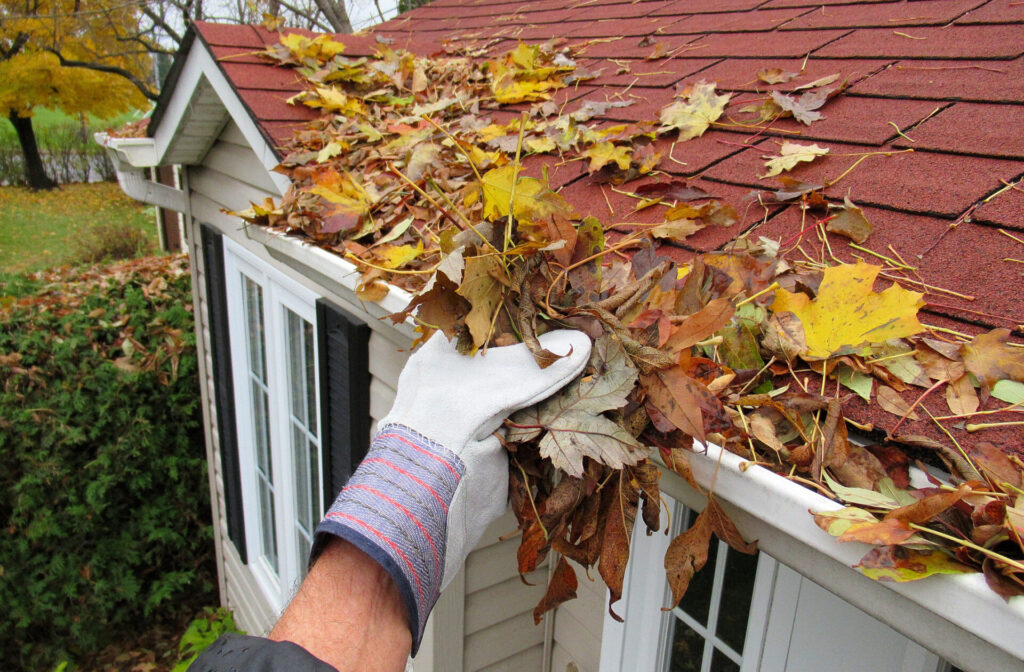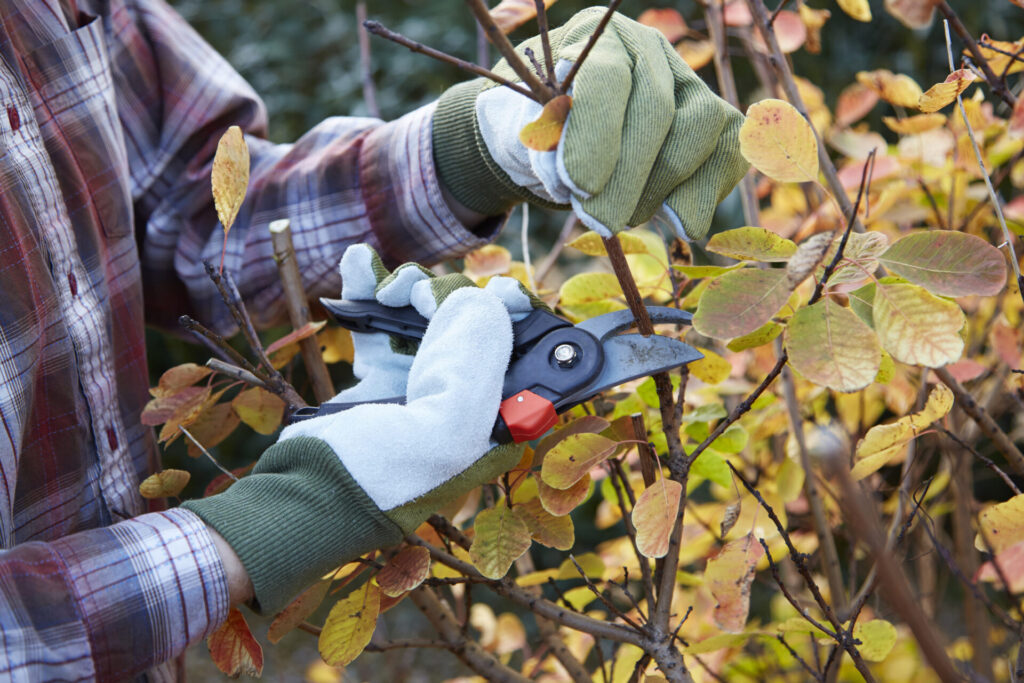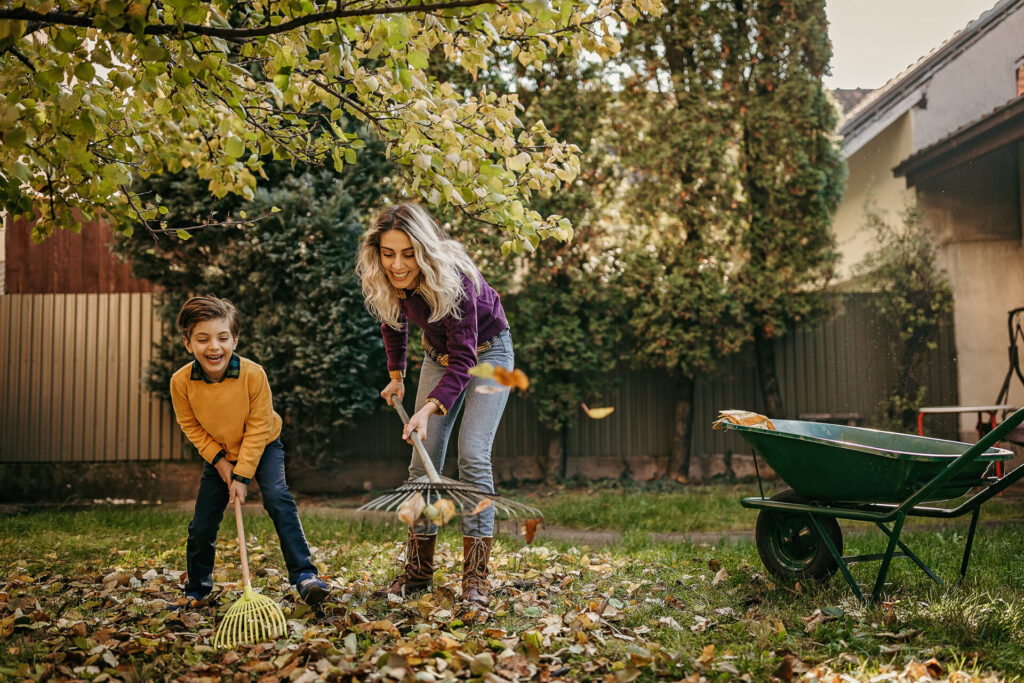As the leaves change colours and cold weather returns, it’s time to winterize your home and tackle seasonal cleaning and repairs on your property. If you don’t know where to start, here are nine things to do as you prepare your home this winter.
Inspect and clean your heating system
Start by having a professional inspect and clean your heating system to ensure it’s in the best working condition. A well-maintained system will save energy costs, reduce dust and allergens, and in extreme cases prevent fires.
After cleaning, be sure to replace filters as needed. A Canadian winter puts your heating system to work, causing filters to collect more dust and debris affecting air flow and reducing the efficiency of your furnace. It’s a good idea to start the cooler months with a clean filter to ensure your system is in its best condition. A well-maintained heating system will ensure your home is warm and comfortable during the colder months.
If you have a fireplace or wood stove, schedule a professional chimney cleaning to remove any build-up from the previous season. A dirty or blocked chimney can cause fires if left unchecked. The technician should also inspect for holes and cracks and seal them with a waterproof sealant to prevent heat loss and water damage.
Check on your home's exterior
Now is the time to inspect your home and yard so you can repair small things before they become major problems. Look over your home’s foundation and exterior for any cracks that could cause leaks or gaps allowing small critters access, and be sure to have them fixed. Have a roofing professional inspect your roof and repair any missing or broken shingles to avoid leaks throughout the winter.
Keep the heat in
Inspect windows and doors for any drafts or leaks. Caulk any gaps and apply weather stripping to help stop any cold air from getting in. Fixing your insulation and stopping drafts will help improve your home’s energy efficiency. Keeping the warm air in will give your furnace a break and can help reduce your energy bills.
Protect your pipes
Look around your home where it is not heated, and pipes may run through, such as crawlspaces, basements or garages. Wrap the pipes with pre-molded foam rubber sleeves or fibreglass insulation. This will reduce the likelihood of your pipes freezing in the winter and bursting.
Clear gutters and downspouts

Remove leaves, debris, and dirt from your gutters and downspouts to prevent back-up and clogged drains. Ensure that downspouts direct water away from your home’s foundation. Clogged gutters can lead to roof damage and costly repairs. You’ll also want to pay attention to any damaged or broken pieces and replace them before the snow comes.
Test smoke and carbon monoxide detectors
Did you know that the cold can affect the batteries in your smoke and carbon monoxide detectors? Ensure the safety of your home and family during winter by regularly testing and replacing batteries in smoke and carbon monoxide detectors. Certain types of winter heating can create more carbon monoxide within your home.
Winterize outdoor faucets and sprinklers
Before the first frost, turn off outdoor faucets and drain water from sprinkler systems to prevent freezing and pipe damage. Disconnect hoses and allow them to drain before storing them in a dry place for longevity.
Prune trees and remove dead branches

Trimming trees around your home can prevent potential damage caused by falling branches during storms and reduce ice buildup. Remove dead, damaged or concerning trees and limbs before the snow settles. Fall is also the time to pack your yard furniture up and store away for next year.
Prepare an emergency kit
Winter weather can be unpredictable. It’s best to be prepared in emergencies between ice storms, getting snowed in or power outages. Ensure you have a well-stocked emergency kit with flashlights, batteries, candles, non-perishable food items and bottled water. For the winter months, remember to include extra warm blankets.
Review your home insurance policy
Ensure your home insurance policy covers winter storms and other cold weather-related damage. If you have questions, contact CAA, and we will be happy to provide a complimentary policy review and discuss your coverage.
Plus, CAA Members save 10%1 on CAA Home Insurance2 policies. Speak with a licensed CAA Insurance Agent today or call 1-888-545-7254. For more information or to learn about CAA Insurance, click here.
1 To qualify for the discount you must be a current CAA Member in good standing (CAA Membership dues paid in full by membership expiry date).
®CAA trademarks are owned by, and use is authorized by, the Canadian Automobile Association. Certain conditions, limitations and underwriting guidelines apply.

